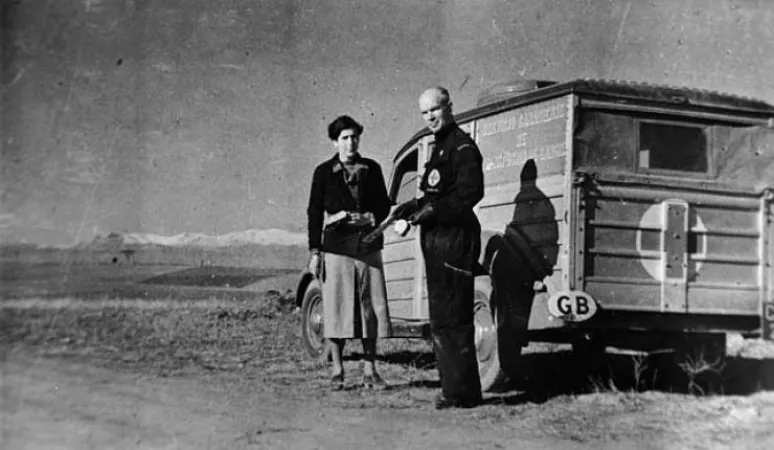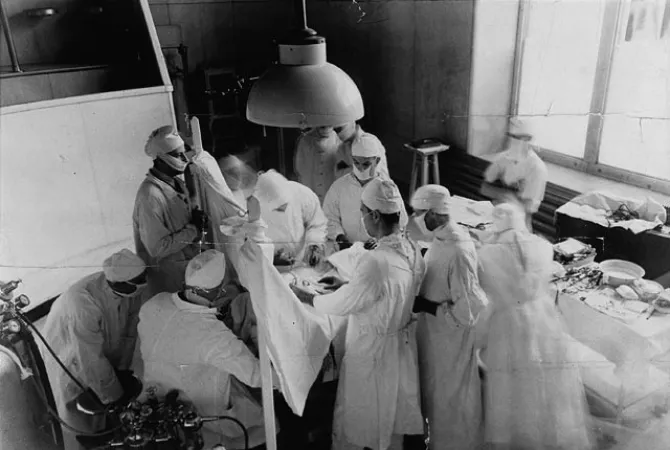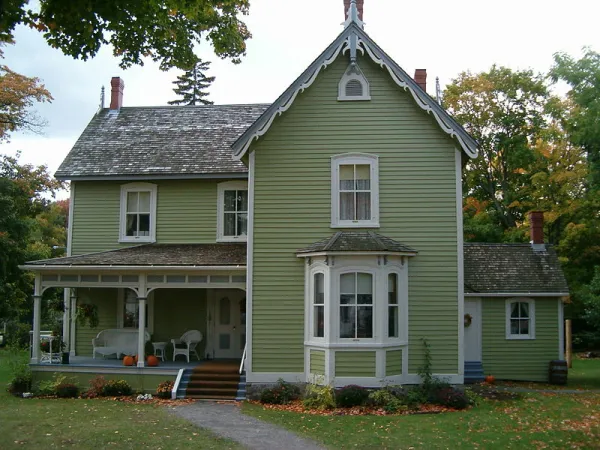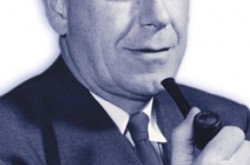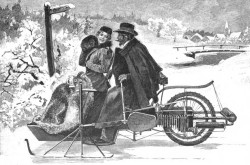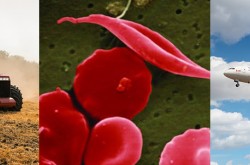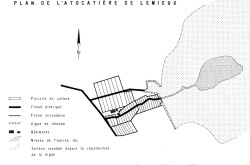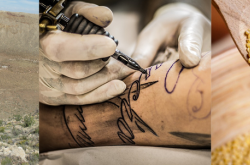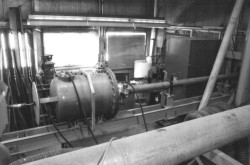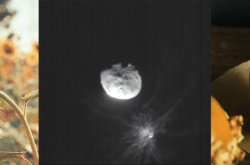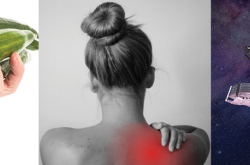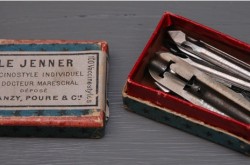An innovative surgeon ahead of his time
This article was originally written and submitted as part of a Canada 150 Project, the Innovation Storybook, to crowdsource stories of Canadian innovation with partners across Canada. The content has since been migrated to Ingenium’s Channel, a digital hub featuring curated content related to science, technology and innovation.
Amelia Buchanan
Algonquin College Journalism Program
Every day of the Great Depression, Henry Norman Bethune saw people living in poverty who could not afford to pay doctors. So he opened a clinic for the unemployed in 1935 and treated patients for free. Bethune firmly believed in universal health care, but at the time the idea was dismissed as too radical. He never lived to see his dream of socialized health care in Canada come true. The Montreal surgeon specialized in tuberculosis, a disease he contracted himself at age 36. After months of rest, he advised his doctors to purposely collapse his damaged lung. Six weeks later he had fully recovered.
Bethune was a world-renowned thoracic surgeon, pioneering many new techniques and inventing or redesigning 12 surgical tools. His Bethune rib shears are still used today to cut ribs so surgeons can fix the organs inside. But his innovations were not restricted to Canada. During the 1936 Spanish Civil War, Bethune designed the first mobile blood transfusion service. A van with a refrigerator inside delivered blood directly to the wounded on the battlefield. This new system saved many lives, and is still standard practice today.
When Japan invaded China in 1937, Bethune took his blood transfusion system one step further and made an entire mobile operating theatre. The theatre was carried by two mules over the country’s rough terrain, and allowed doctors operate in even the remotest areas. Bethune once operated on 115 cases in 69 hours, ignoring the heavy gun fire. He is still recognized in China for the medical care and training he gave to both soldiers and civilians.
Norman Bethune was inducted into the Canadian Science and Engineering Hall of Fame in 2010.



